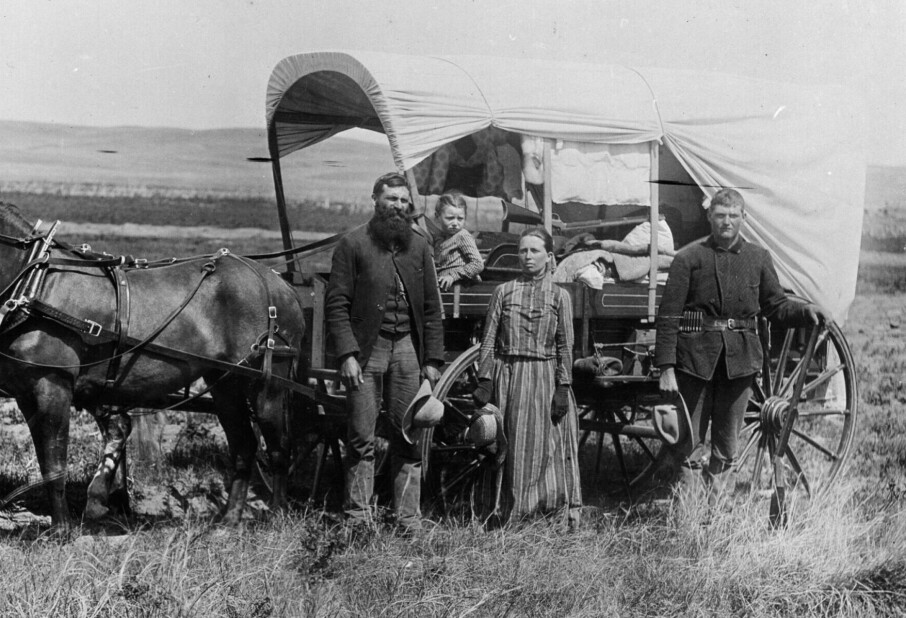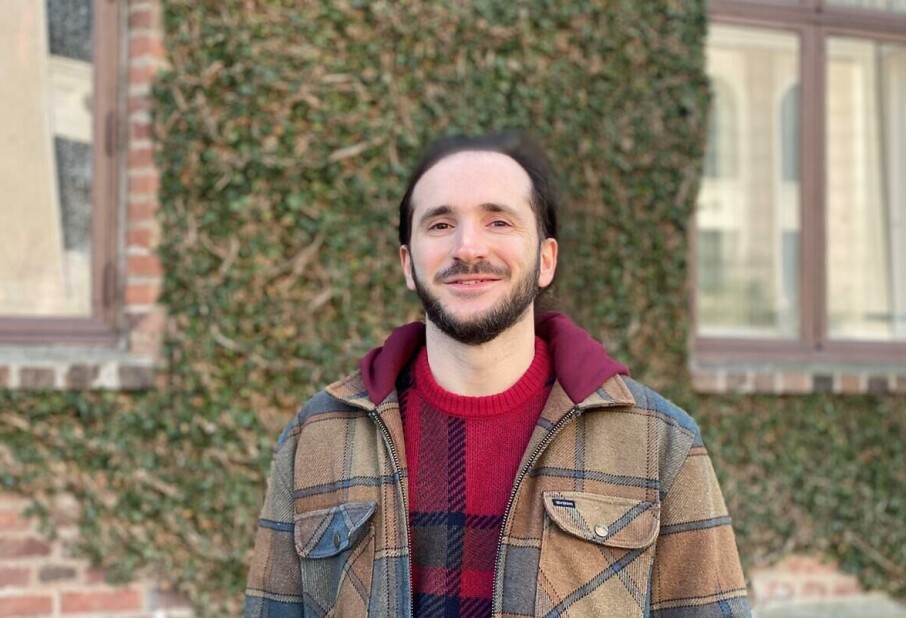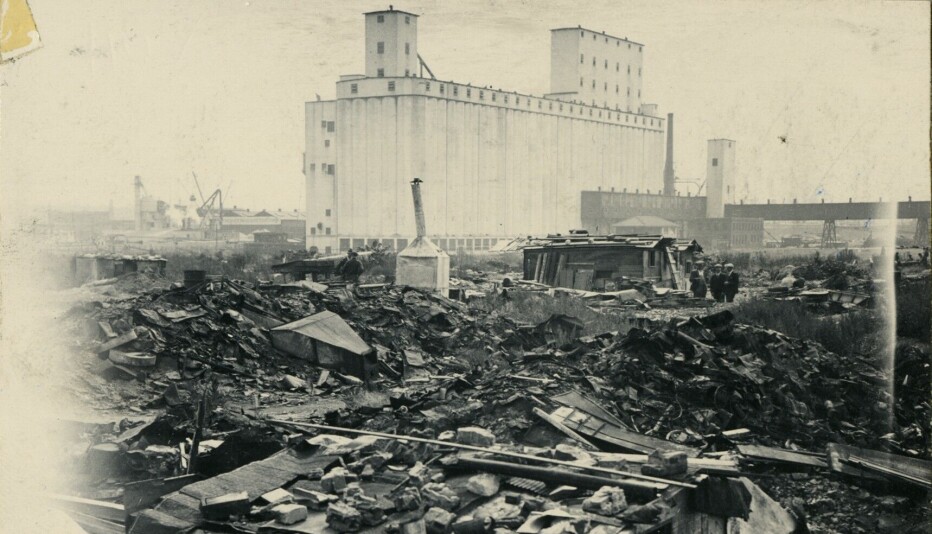THIS CONTENT IS BROUGHT TO YOU BY the University of South-Eastern Norway - read more
Urban development involves much more than buildings, roads, and green spaces
"The city of Drammen in Norway got it right," says researcher.
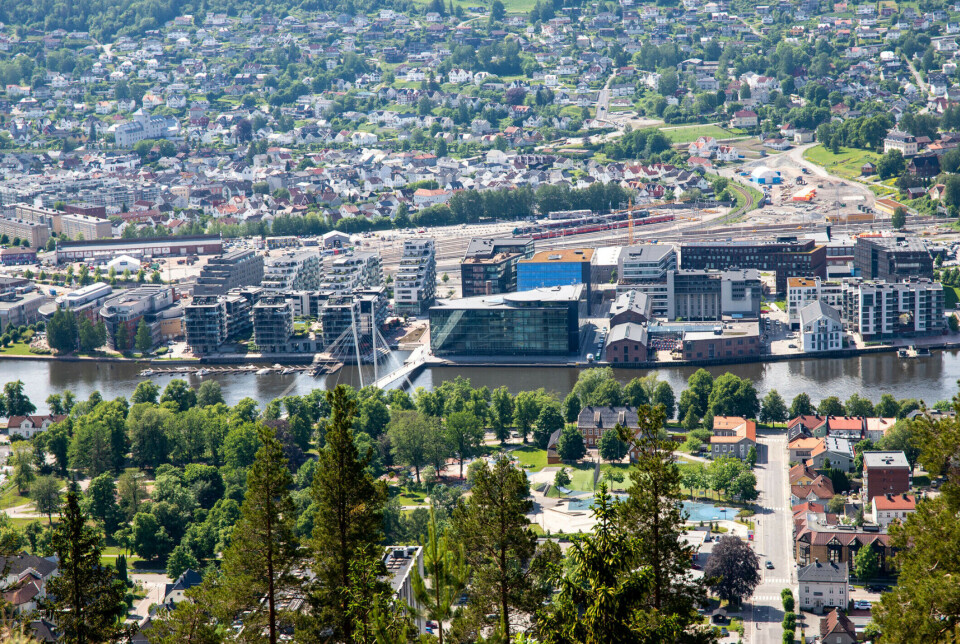
Drammen, located in Buskerud County, Norway, has transitioned from an industrial city burdened by pollution and heavy traffic to a revitalised riverfront city.
Previously, Drammen was infamous for its lack of charm. Many joked that it was better to take one shot (‘dram’ in Norwegian) an hour than to spend an hour in Drammen.
The River City was born
The city renewal process began nearly 50 years ago.
In 1975, a new bridge was built to divert traffic away from the city centre. But something also had to be done about the Drammen River. The city was dominated by industry, and large amounts of waste flowed from factories into the river.
In 1986, authorities ordered an upgrade of the riverfront in Drammen.
Over the next 11 years, 50 million euros were invested to resolve sewage system issues and build new water treatment facilities. By the time the work was completed, the river was clean enough to swim in.
By the year 2000, the city adopted the name Elvebyen (The River City). Access to the river was expanded with green spaces, nature-based recreational opportunities, and various biodiversity projects.
A good example
Drammen's urban renewal serves as an example of sustainable urban development.
The transformation aligns with the city’s natural landscape and the evolving needs of society.
This is the conclusion of researchers from the University of South-Eastern Norway and two Irish universities.
A deeper perspective
The researchers have examined how places develop and how we experience them over time.
Developing a place involves physical changes as well as how we understand and experience places over time.
“Place-making is not simply an approach to urban design: It's core to the fabric of life and what it is to live in a place that gives rise to collective interpretations of place and shared meanings,” says Sheila Malone, lead author of the paper.
The study shows that place-making is a process influenced by historical narratives, present experiences, and future expectations.
Place-making involves understanding that places change over time.
This is crucial for urban planners, marketers, and leaders aiming to create vibrant and sustainable spaces, according to the researcher.
The study draws on Paul Ricoeur’s theoretical framework of time, which suggests that we experience time as a blend of past, present, and future.
Historical narratives and personal experiences
One of the study's key findings is that historical narratives are crucial for the development of a place.
Researchers found that memories and past events shape a place's identity. This concept, called ‘past-in-present,’ highlights how the past influences the present.
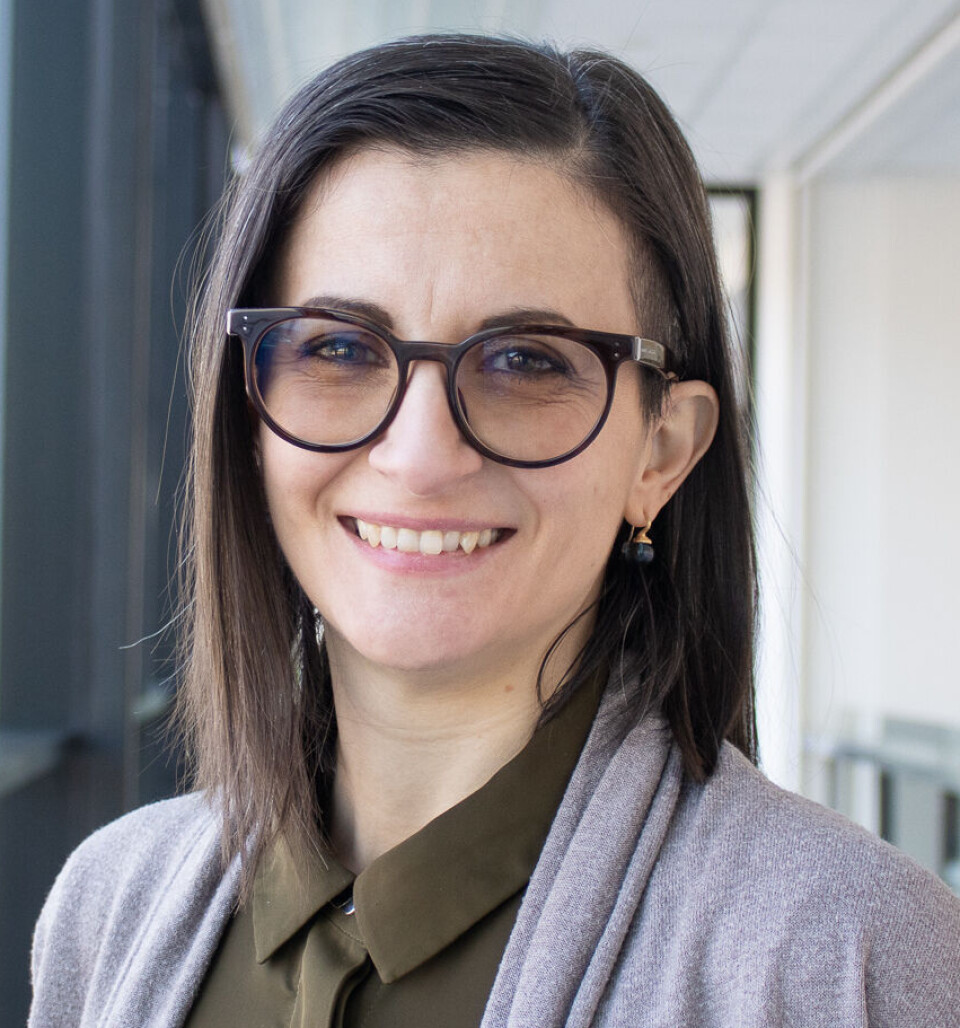
“The memories of Drammen’s industrial history and the efforts to clean up the riverbanks are now part of the city’s identity,” says Giovanna Calogiuri.
She is a professor of health sciences at the University of South-Eastern Norway.
The study also highlights the importance of present experiences, referred to as ‘present-in-present.’ This focuses on how people perceive and interact with a place in their daily lives.
The sight of the river, the sound of birds, or the feeling of sand underfoot gives the place a unique character, known as sensory experiences.
“We found that daily encounters with the river and the surrounding nature increase residents' connection to the city. These experiences are both physical and emotional, making the place feel like home,” she says.
Early focus on sustainability
The researchers also use the term ‘present-in-future,’ which involves looking towards the future and how today’s actions impact the development of places. This is vital for sustainability and addressing climate change.
The researchers praise Drammen for prioritising the environment in urban planning.
“By focusing on green spaces, biodiversity, and climate-neutral initiatives, the city enhances residents' quality of life and ensures a healthy environment for future generations. Drammen was a green city before it became trendy,” says Calogiuri.
Nature-centered urban development
Calogiuri wonders why Drammen hasn’t been used as a case study in research before.
Drammen was ahead of its time in its transformation. City planners focused on what many cities aspire to achieve: nature-centered urban development.
“The river is a structural part of the city, located at the centre and heart of Drammen. Many Norwegian cities have a river or fjord as a basis for developing the city or location. This creates opportunities. Oslo is now moving in the same direction as Drammen, trying to utilise its fjord, but it has built too much new infrastructure without preserving much of the old,” she says.
Calogiuri points out that Oslo's docks and piers could have been better utilised to integrate nature and landscape views.
She believes while the promenade in Oslo provides access to the fjord, too much has been built in the area, with limited space for trees and green elements.
Good for health
It's easy to notice the physical attributes of a place, but this research shows that a holistic approach is necessary.
By incorporating the concepts of past, present, and future into place-making, marketers and urban developers can create more authentic and meaningful places.
Drammen’s brand as ‘The River City’ is not just about physical changes but also about the city’s history and future.
“This approach can create stronger emotional bonds with residents and visitors, fostering pride and belonging,” says Calogiuri.
She also emphasises the importance of how nature in urban development affects health and well-being.
“Drammen is a unique example. It demonstrates how nature-based initiatives make cities more livable and sustainable. When people are proud of their city and enjoy it, they use it more by walking, cycling, and experiencing nature. This promotes good health and well-being for residents,” she concludes.
Reference:
Malone et al. The temporal nature of place-making, Marketing Theory, 2024. DOI: 10.1177/14705931241302080
———
Read the Norwegian version of this article on forskning.no

This content is paid for and presented by the University of South-Eastern Norway
This content is created by the University of South-Eastern Norway's communication staff, who use this platform to communicate science and share results from research with the public. The University of South-Eastern Norway is one of more than 80 owners of ScienceNorway.no. Read more here.
More content from the University of South-Eastern Norway:
-
School refusal: 8 out of 10 kids perceive school to be an unsafe place
-
We become less polite when we are shopping
-
Warmer climate enables ticks to survive in the high mountains
-
Humans are 99 per cent the same, yet so different
-
Norwegian researchers reject that Northern Norway is part of the Arctic
-
Community response is vital for social recovery from mental health and substance abuse issues
































